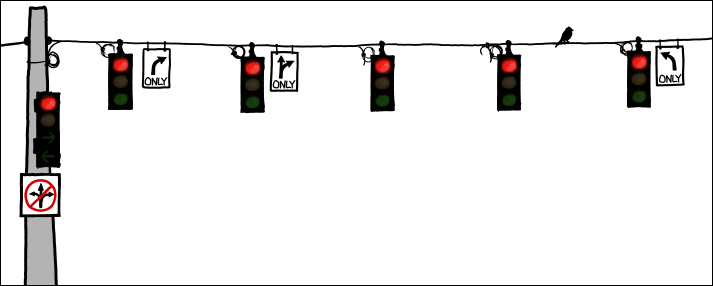“MTA can barely get the funding they need for existing capital projects and to avoid cuts in service,” King said. “Can you imagine what would happen, what would be said if these guys said, ‘OK we also need money to seal the tunnels in case of a storm. That won’t make anybody’s life better most days, but we need it.’ That’s just impossible.”We know that frogs will not actually sit in a heated pot of water until it boils. The frogs will jump out once they sense danger (unless their brains have been removed). Humans may not be so quick to react to a perceived threat. Rather than investing wisely in future cities (which may involve letting some cities decline), we will likely continue our current investment strategy and priorities. Mayor Bloomberg has already reasserted his support for lots of new housing development in areas that were devastated by the storm, and the Governor is thinking about giant storm locks in the harbor.
King is unsure that Hurricane Sandy will serve as a catalyst for that kind of forward thinking. Devastation and casualties have not always been enough to change the current of spending.
“When the [Interstate] 35 W Bridge collapsed in Minnesota, that was supposed to be a watershed moment that made us understand that we need to start investing in bridges and other parts of our crumbling and aged infrastructure," he said. "That didn’t happen.”
The shift to adaptation discussions in policy circles is also new, so these things take time. From a Capital New York piece a couple of days ago:
"I would say three or four years ago there was—and this a general statement, not specific to New York—the emphasis was on mitigation; in other words, reducing our contribution to climate change," said David Bragdon, then the head of the city's Office of Long-Term Planning and Sustainability. "It's only more recently that policy makers are acknowledging what scientists have known, which is that even if we magically stop emissions tomorrow—if we were successful in all these mitigation efforts, there's still effects that are happening already."And from the same article, Rich Barone of the RPA said:
New Jersey does have a program for moving people called Blue Acres. Here are some details.
The less-dreamy alternative is even more difficult, politically: to discourage residential development in the city's low-lying coastal areas.
"The perfect use of the Rockaways is the way it used to be used, for summer and seasonal housing, what Jones Beach is used for," said Barone. "It's a barrier island. That's what it is. it's the first natural line of defense for storms."
Pirani said the city should consider "buying people out" who live in particularly flood-prone areas, as New Jersey does with its Blue Acre program.
"I think all these things need to be laid out and considered in light of the damage that we suffered over the last couple of days," said Barone.
Overall, we just don't know what the politics of climate change will be. Mitigation is a loser politically. Can adaptation be a political winner? My guess is eventually as people will respond to threats they experience. No one experiences the future, so mitigation is hard. Present threats can gain political support, but the winning solutions may not be optimal.
